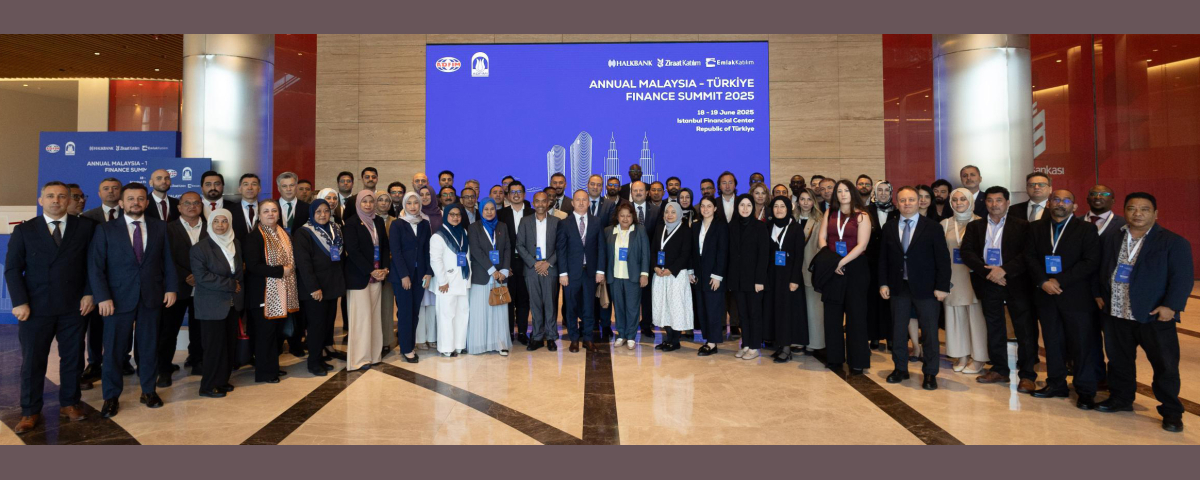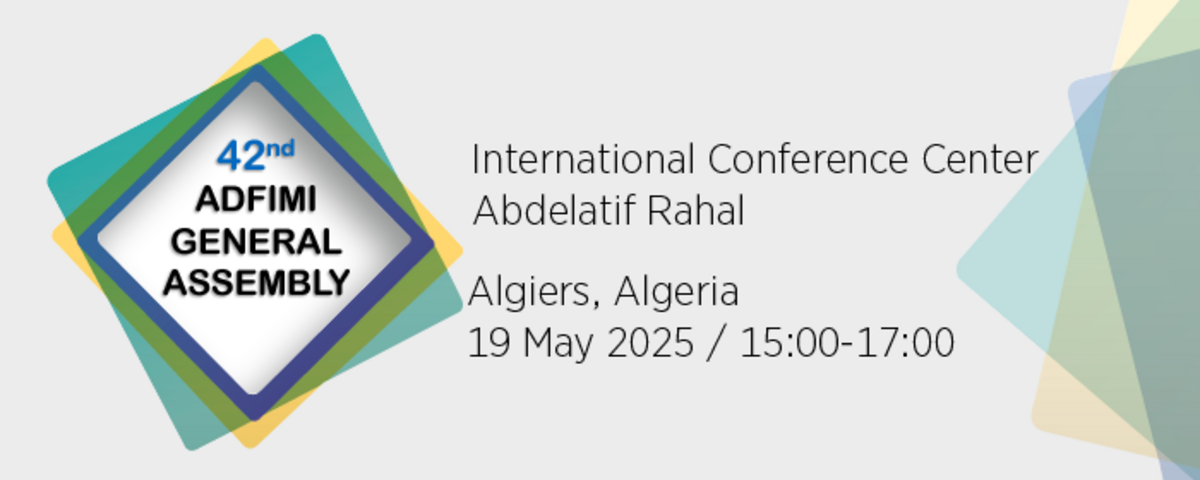Trends in International Funding for Financial Inclusion: A report by CGAP
In recent years, the development community has sustained support for microfinance but broadened funding to encompass a wider goal of financial inclusion. International funders (referred to in this Brief as funders) have been adapting their priorities to meet this broader vision, as reflected in the 2012 CGAP Funder Survey. This Brief analyzes trends in the international funding landscape for financial inclusion.
The 2012 survey methodology was updated to reflect more systematically the broader vision of financial inclusion. New types of projects were added, including those that support access to finance for small enterprises, which were excluded in previous years as the focus was only on microenterprises, and the allocation of funding to a new purpose category related to the increase of end-clients’ capabilities. A qualitative aspect was also added to further understand the funding purpose of each project. The qualitative framework presents barriers and challenges to financial inclusion and their corresponding solutions (see Methodology section for further details).
Funders committed at least $29 billion in 2012 to support financial inclusion—an estimated increase of 12 percent compared to 2011. This increase stems largely from an improved economic environment. Note, however, the growth may be overestimated in cases where the inclusion of funding for small enterprise finance could not be accurately reflected in data before 2012 (see Methodology section).
Public funding for financial inclusion represented more than 70 percent of the global estimate. Despite continued pressure on public resources, public funders increased their commitments by 16 percent between 2011 and 2012. They approved close to $3.4 billion in new projects in 2012—68 percent more than the previous year—while they closed fewer projects ($1.1 billion in 2012 versus $2.8 billion in 2011). Commitments from private funders to the sector grew at a much slower pace of 2 percent between 2011 and 2012. Even though other surveys show that microfinance investment intermediaries (MIIs), the main channel of private funding, increased their investments to retail financial service providers (FSPs) in 2012, the increase was partially driven by drawing on an existing pool of assets that were committed prior to 2012 (Symbiotics 2013 and MicroRate 2013). Private commitments to MIIs grew more modestly in 2012.
Fuller details available at : www.cgap.org/data/trends-international-funding-financial-inclusion


.jpg?id=4_638)



